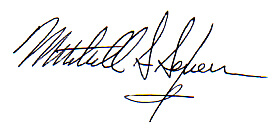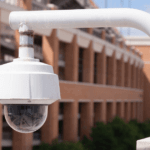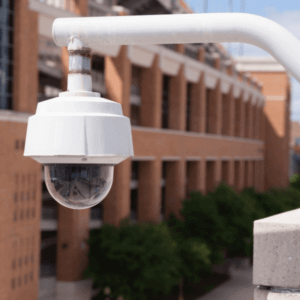 A Brief History of Chicago’s Blue Lights
A Brief History of Chicago’s Blue Lights
Some years ago, “Blue Light Cameras” (also known as Police Observation Devices or PODs) made their way into neighborhoods in the Chicago area. The system, at that time now known as Phase I, was designed to be used in some of the city’s hardest hit crime areas to curb or discourage criminal activity. The pilot program initially placed roughly thirty cameras that were then installed on city light poles.
The initial program resulted in favorable results which led to adopting a second phase that would both upgrade phase I systems and add an additional fifty cameras by the end of the 2004 calendar year. Many of the new cameras (and some of the first phase cameras) were equipped with gunfire detection systems that directly linked to the City Emergency Management Centers.
Phases II and IV brought about new technology like better video imaging, night vision capabilities and both discrete and clearly marked cameras depending on their locations. It is estimated now that there are 10,000-20,000 public and private camera systems throughout the Chicagoland area.
 When Are Blue Light Cameras Used?
When Are Blue Light Cameras Used?
The department and court systems use these blue light cameras to present evidence in criminal cases. These might include gang activity and crimes, proof of identity, narcotic operations, reverse stings, police safety, and other legal proceedings.
Companies and private citizens can also allow law enforcement to use their cameras by patching their cameras through the city’s Emergency Management Centers. This additional monitoring allows communities to work together to ensure the safety of Chicago’s neighborhoods.
Blue Light Cameras and Questions of Legality
Critics of the Chicago video surveillance camera system wary of its technological power and how that is integrated into the communities they impact. Critics cite that there is a lack of government transparency regarding where the cameras are placed, especially in an age where citizens challenge privacy laws every day. Many also question whether or not the cameras are legal – claiming they amount to little more than a violation of their privacy and an illegal police search since no warrants are obtained prior to the placing of a camera.
The effectiveness of blue light cameras is also under scrutiny. The results of such camera use in Baltimore, Washington D.C., and Chicago were examined by The Urban Institute. Its study examined the crime rates of the areas that deployed cameras. According to the researchers, while the cameras had a noticeable effect on crime rates in some neighborhoods, in others, they had no noticeable change. Moreover, they found that rather than stopping crime, these cameras merely moved the crime further down the street, away from the lens of the blue light cameras.
Those who have reviewed what is known about these surveillance systems, obtained through the use of Freedom of Information Act documents, believe that the public should be involved more. These same reviewers say the public has not been sufficiently included in the discussion about adding these systems into their neighborhoods. This debate also relates to how much taxpayer money is spent to purchase and install these camera systems.
Experienced Chicago Criminal Defense Attorneys
Have you been arrested by Chicago police based upon evidence obtained from a blue light camera? If so, you need an experienced defense attorney who is willing to fight for your rights. The attorneys at Mitchell S. Sexner & Associates LLC have more than 30 years of combined experience defending our clients from criminal charges. We understand the complexities of blue light cases and how to fight them. Give us a call today at (312) 644-0444 for a free, no- obligation consultation.


 A Brief History of Chicago’s Blue Lights
A Brief History of Chicago’s Blue Lights When Are Blue Light Cameras Used?
When Are Blue Light Cameras Used?